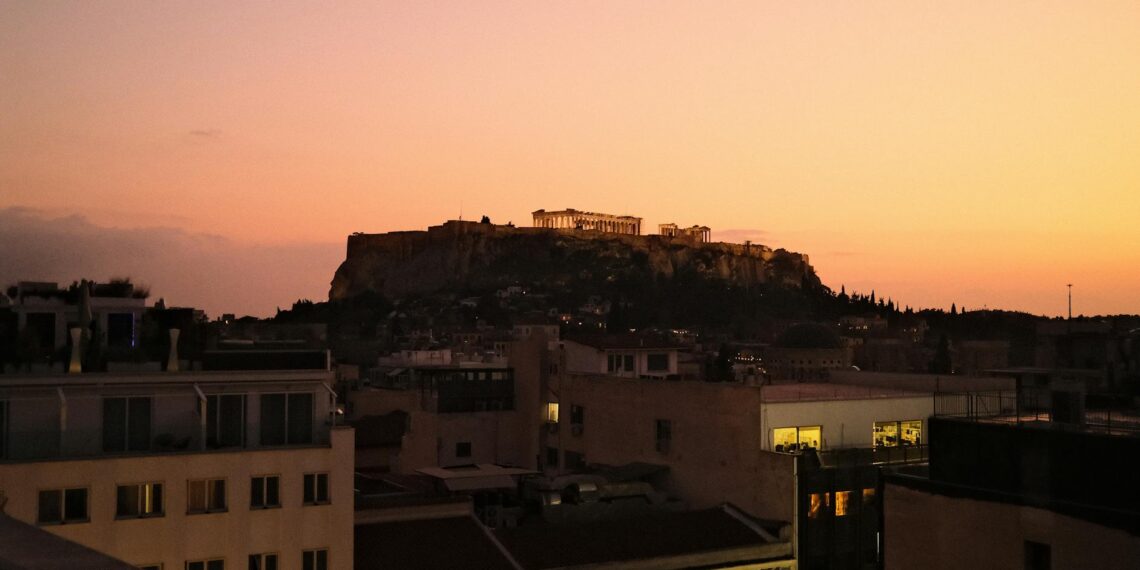Ancient Greek coins represent a rich and diverse history of coinage, reflecting the varied city-states (poleis) and their unique identities.
Here’s a closer look at Ancient Greek coins:
- First in the West: The earliest known coins in the Western world originated in Lydia, a kingdom in Asia Minor, around the early 6th century BCE (or possibly late 7th century BC).
- Electrum: These first coins were made of electrum, a natural alloy of gold and silver.
- State-Issued: The kings of Lydia were the first to issue their own coinage, initiating the practice of government-issued coins that continues to this day.
- Early Designs: Early Greek coins were sometimes one-sided and initially featured geometric shapes, later evolving to incorporate designs in the early 6th or late 7th centuries BCE.
- Primary Materials: Ancient Greek coins were primarily made of silver, but also included gold, electrum, copper alloys, and bronze.
- Handmade: All Greek coins were made by hand, using a process involving carving designs onto metal dies (typically bronze or iron), placing a blank metal disk between them, and striking the dies with a hammer.
- Weight and Value: The value of the coins was primarily determined by the material and weight. Gold coins were more valuable than silver, which were more valuable than bronze.
- Denominations: Coins were minted in various denominations, including the obol, drachma (equivalent to 6 obols), didrachm (2 drachmae), tetradrachm (4 drachmae), and decadrachm (10 drachmae).
- Token Coins: Copper and copper alloy coins, especially prevalent in the later 4th century B.C., were often “token” or “fiduciary” coins, meaning their value was higher than the metallic value, generating profit for the state.
- City-State Identity: Each Greek city-state (polis) minted its own coins with unique symbols to reflect its identity, cultural practices, and pride.
- Deities and Mythology: Gods and figures from Greek mythology were very common subjects on coins. For instance, Athenian coins famously featured the owl of Athena. Corinth used Pegasus, while Knossos featured the labyrinth.
- Propaganda and Influence: Coins served as a form of propaganda, showcasing the city’s power, wealth, and prestige, and even celebrating victories.
- Hellenistic Period: During the Hellenistic period, the practice of featuring portraits of living rulers emerged, notably seen in the gold coins of Ptolemaic Egypt and Seleucid Syria.
- Athenian Owl Tetradrachm: Widely considered the most famous design, featuring Athena on the obverse and her sacred bird, the owl, on the reverse along with an olive sprig symbolizing peace and prosperity.
- Syracusan Decadrachm: Regarded by many as the finest coin produced in the ancient world, often depicting the nymph Arethusa and a victorious quadriga.
- Mithradate Coins: A pair of bronze coins issued by King Mithradates VI of Pontus more than 2,000 years ago, among the earliest bronze coins ever minted.
- Pegasus and Tanit Coin: This coin from Carthage features Pegasus, the winged horse, and Tanit, the Great Goddess of Carthage.
- Collectible: Ancient Greek coins are highly sought after by collectors and numismatists due to their historical significance, artistic beauty, and rarity.
- Studied for Insight: Numismatists and historians study these coins to gain valuable insights into the economic, political, and cultural aspects of ancient Greece.
In essence, ancient Greek coins are not just a form of currency but also enduring artifacts that provide invaluable information about the ancient Greek world and its remarkable legacy.









What is the name of an ancient Greek coin?
I can help with that. A small silver coin – a drachm was a man’s average daily wage. A large silver coin – a tetradrachm would buy luxuries such as jewellery, horses or weapons. It was worth four times a man’s daily wage. From about the eighth century B.C. the Greek world was characterized by the city-state.
What is a ancient Greek coin that starts with O?
Good point! Obol. An obol is an ancient Greek coin that has one-sixth the value of a drachma. The first silver obols were minted in Aegina, most likely sometime after 600 BCE. Previously, the unit of currency was iron cooking-spits.
What is the word for old Greek coins?
The drachma was the standard unit of silver coinage at most ancient Greek mints, and the name obol was used to describe a coin that was one-sixth of a drachma.
Are ancient Greek coins worth anything?
Good point! Ancient Greek coins, those in greater conditions, can be extremely valuable and, consequently, sought-after. Nevertheless, we do believe that incorporating such an instance can boost the quality and cultural significance of a collection for good.